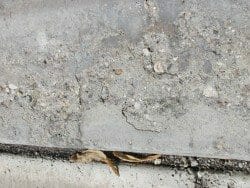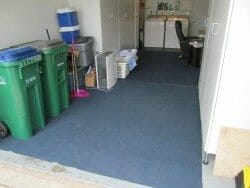Garage Door Sensors – Safety & Alignment Tips
Garage doors are responsible for 20,000-30,000 injuries per year as well as multiple deaths—mainly to children. The majority of these injuries are caused by garage doors dropping down onto individuals. With over 100 lbs of pressure, this is enough to shatter bones, and for a small child—could prove fatal.
When it comes to owning a home, ensuring the safety of you and your loved ones is a top priority. When identifying safety precautions, people often think of the basics: security alarm systems, fire extinguishers, and smoke/carbon monoxide detectors to name a few. While these are all crucial for ensuring security, is there an even greater safety risk in your household going undetected?
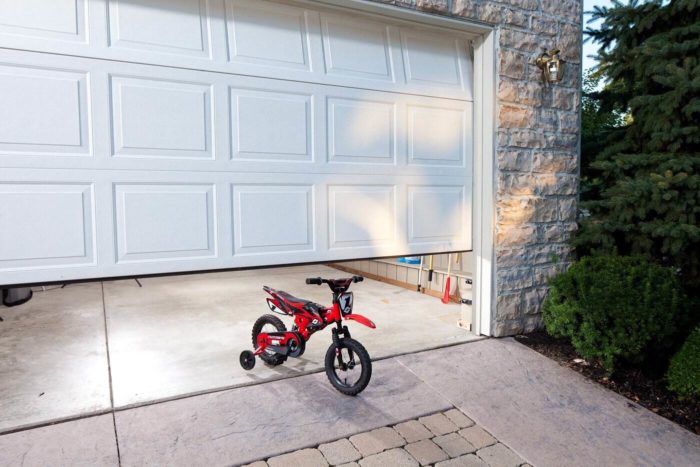
Fortunately, serious injuries due to garage door malfunction can be easily avoided with proper maintenance to your garage door sensors. Functioning sensors prevent the door from closing in on foreign objects (like your child’s fingers). Automatic garage door systems should be routinely inspected each month to ensure they are operating properly.
How do my garage door sensors work?
Your standard garage door sensor utilizes an infra-red radio signal to communicate with an electric motor housed on the roof of your garage. Once the garage door button is pressed, this infra-red radio signal activates the electric motor, which then utilizes a track-and pulley system to raise or lower your garage door. You will find these sensors placed on either side of your garage door, approximately six inches off of the ground. If your garage door is malfunctioning, most likely this will be due to an issue with your garage door sensors.
So you’ve noticed your sensors aren’t operating properly—now what?
Good news! Often sensor malfunction can be easily remedied—so no need to shell out your hard earned money to call in a professional. Here are a few troubleshooting steps you can take to resolve your issue:
The most common cause of sensor malfunction is object interference. Simply put, this means that there is likely an object in the path of the sensors. Scan the surrounding area for any rogue objects near the infra- red sensors which may be preventing the door from closing completely. Did clearing the path of your infra- red sensors alleviate your problem? Congratulations! Your garage door sensors are operating properly!
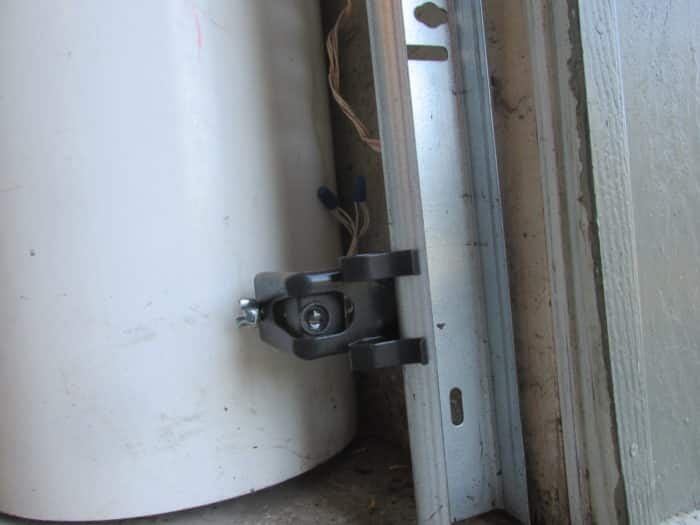
Garage door still not operating properly? Most likely this will be due to malfunction of the sensors themselves. Here are a few of the most common reasons for garage door sensor malfunction and how to troubleshoot them:
- Dirty Sensors. If you recently purchased an older home, or have resided in your home for some time now, chances are your garage door sensors haven’t received much TLC. Check either side of your garage door and observe: are your sensors dirty? A build-up of dirt and grime on your infra-red sensor can often prevent efficient communication between the sending and receiving sensors, inhibiting them from working properly. This can be remedied by taking a soft cloth with warm, soapy water, and wiping down your garage door sensors. Be sure to dry the sensor completely after cleaning.
- Sensor Misalignment. Your receiving garage door sensor houses an LED light which indicates alignment of the sensors. If the LED is off, dim, or flickering, that is indication that your sensors have fallen out of alignment. There are a few reasons why this may have happened:
- Prolonged, direct sunlight to the photoelectric sensor. These sensors contain tiny mirrors, that when exposed to direct sunlight, generate a surge of ejected electrons from their surface. This surge of ejected electrons produce a demonstrable electric current that when interrupted, signals the door to open. If you find your sensors are operating more efficiently at night then during the day, it is possible they are suffering from over-exposure to direct sunlight which can result is sensor misalignment.
- Vibrations from repeated opening/closing of your garage door over time. If you’ve been living in your home for some time now, or have recently purchased an older home, it is possible that the longevity of use has loosened the wall mounts housing your sensors, putting them out of alignment. If you suspect this is the case, use the steps below to examine the wing nuts fastening your sensors to the sides of the garage door. Often times, these can be manually re-aligned.
- Locate the wingnut on the side of your garage door sensor.
- Loosen the wing nut until the sensor is loose in the wall mount.
- Adjust the sensor up or down until the LED begins to glow steadily.
- Once the LED is glowing steadily, tighten the wing nut to secure the now-aligned sensor back into place.
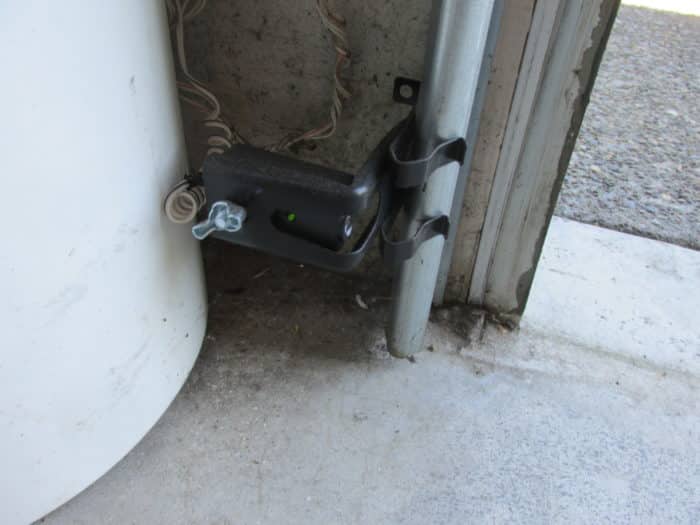
(Quick tip! If for some reason you are unable to determine alignment via an LED indicator, grab a partner and a tape measure. Manually check that the sensors are at a matching height, approximately 6 inches off of the ground.)
If the sensors appear to be in alignment and are still not functioning properly, it may be time to employ a professional.
- Sensor Wiring. If you have taken the troubleshooting steps mentioned above and are still experiencing malfunction of your garage door system, it may be time to consider that you could be a victim of faulty wiring.
- The first step in examining your garage door wiring system is to turn off the power. Never handle any wiring system without first eliminating the source of the power.
- If you notice that the fitting connecting the wire to the terminal has become loose or disconnected, you may be able to manually secure the wire back into place. If securing the wire does not remedy the issue, it may be possible that one of your wires has shorted. In this case, it would be time to contact an electrician or a garage door repair professional.
Garage doors can pose a serious safety risk if the sensors are not properly cared for. Fortunately, sensor maintenance is relatively simple and you now have the tools to confidently ensure the safety of you and your family.
